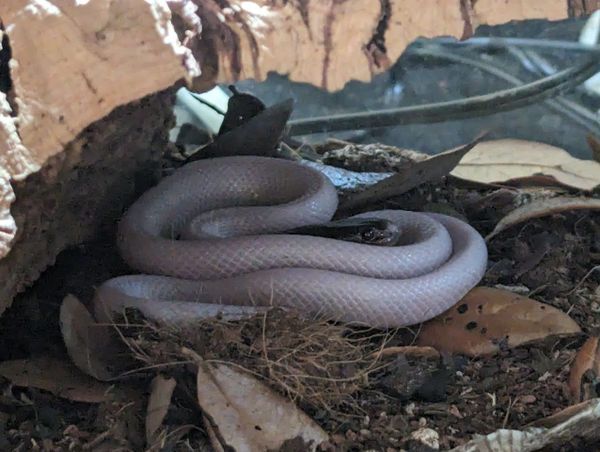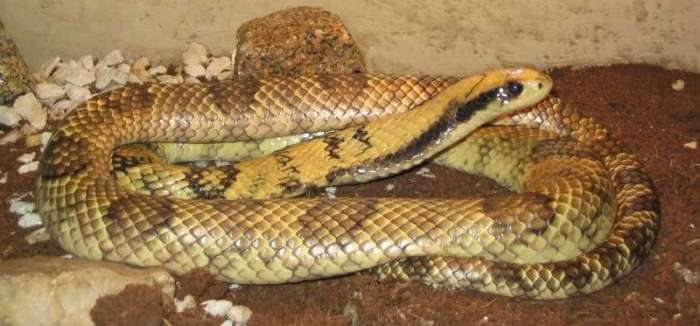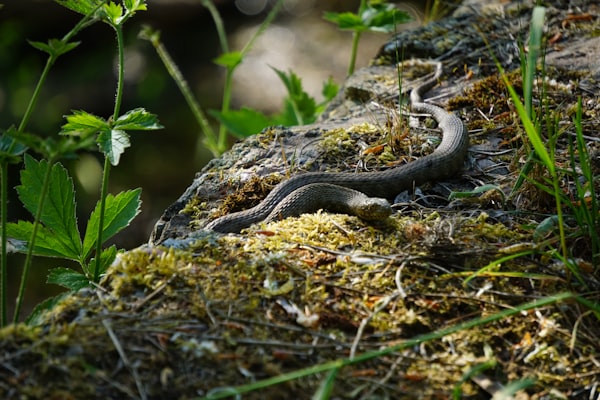Advancing Herp Husbandry
By providing the ideal habitat and other facts, herp owners can help their pets thrive.

Proper herp husbandry is essential for the health and well-being of reptiles and amphibians. By providing the ideal habitat, ensuring proper nutrition and feeding, controlling temperature and humidity, practicing safe handling and socialization, and implementing healthcare and preventative measures, herp owners can help their pets thrive. In this article, we will explore the importance of these aspects of herp husbandry and provide key takeaways to help reptile and amphibian enthusiasts advance their knowledge and skills.
Key Takeaways
- Creating the ideal habitat is crucial for the well-being of reptiles and amphibians.
- Proper nutrition and feeding are essential for the health and growth of herps.
- Maintaining the right temperature and humidity levels is important to mimic their natural environment.
The Importance of Proper Herp Husbandry

Creating the Ideal Habitat
Creating the ideal habitat for a pet leopard gecko requires careful consideration of several factors. These include the tank size, substrate, temperature, hiding places, and easy access to food and water. Providing the right environment is crucial for the health and well-being of your leopard gecko.
To ensure the comfort of your leopard gecko, it is important to provide a tank that is spacious enough for them to move around. A tank size of at least 20 gallons is recommended for a single leopard gecko. This allows them to have enough space to explore and exercise.
The substrate used in the tank should be suitable for leopard geckos. Avoid using substrates that can cause impaction, such as sand or small particles that can be ingested. Instead, opt for substrates like reptile carpet or paper towels, which are safer options.
Maintaining the right temperature and humidity levels is essential for the well-being of your leopard gecko. A temperature gradient should be provided in the tank, with a warm side and a cool side. This allows your gecko to regulate their body temperature as needed.
Hiding places are important for leopard geckos as they provide a sense of security. You can include various hiding spots in the tank, such as caves, logs, or artificial plants. These hiding places should be easily accessible and provide enough space for your gecko to comfortably hide.
Lastly, easy access to food and water is crucial for the health of your leopard gecko. Place food dishes and water bowls in easily accessible areas of the tank. Ensure that fresh water is always available and that the food provided is appropriate for leopard geckos.
Remember, creating the ideal habitat for your leopard gecko is essential for their overall well-being and happiness.
Nutrition and Feeding
Proper nutrition is essential for the health and well-being of herps. It is important to provide a balanced diet that meets their specific dietary needs. This includes a variety of prey items, such as insects, rodents, and even fruits and vegetables. Feeding live prey is often recommended as it stimulates natural hunting behaviors and provides mental stimulation for the herp. However, it is crucial to ensure that the prey is appropriate in size and nutritional value. Overfeeding can lead to obesity and other health issues, while underfeeding can result in malnutrition. Maintaining a proper feeding schedule is also important to establish a routine and prevent overfeeding or underfeeding. It is recommended to consult with a veterinarian or reptile specialist to determine the specific dietary requirements for your herp species.
Temperature and Humidity Control
Proper temperature and humidity control is crucial for the health and well-being of herps. Reptiles are ectothermic, meaning they rely on external sources of heat to regulate their body temperature. It is important to provide a temperature gradient within the enclosure, with a warm side and a cool side, to allow the herp to thermoregulate. The ideal temperature range varies depending on the species, but generally falls between 75°F and 85°F. A reptile thermostat, such as the Herpstat 1 or VE series of thermostats, can be used to accurately control and maintain the desired temperature.
Humidity levels are also important for herps, as they help maintain proper hydration and aid in shedding. The ideal humidity level varies depending on the species, but generally falls between 40% and 60%. To monitor and adjust humidity levels, a hygrometer can be used. It is important to provide a water source, such as a shallow dish or misting system, to increase humidity when needed.
Remember, maintaining the proper temperature and humidity levels is essential for the overall health and well-being of your herps.
Handling and Socialization
Proper handling and socialization are crucial aspects of herp husbandry. When handling your reptile or amphibian, it is important to remember a few key points:
- Wash your hands before and after handling to prevent the spread of disease.
- Handle your herp gently and avoid squeezing or applying excessive pressure.
- Support the body of your herp properly to prevent injury.
Socialization is also important for herps, especially those that are naturally social creatures. Providing opportunities for social interaction can help reduce stress and promote overall well-being. This can include:
- Encouraging natural behaviors, such as basking or burrowing, in a communal habitat.
- Allowing supervised interaction with other compatible herps.
Remember, each herp species has different socialization needs, so it is important to research and understand the specific requirements of your pet.
Healthcare and Preventative Measures
Proper healthcare and preventative measures are crucial for maintaining the well-being of herps. By implementing a regular healthcare routine, herp owners can ensure that their pets stay healthy and happy.
One important aspect of healthcare is disease prevention. It is essential to take steps to prevent the spread of diseases, such as herpes. Using products like disinfectant wipes, specifically designed to combat the risks associated with herpes and other skin infections, can offer quick and effective prevention.
In addition to disease prevention, regular check-ups with a veterinarian are also important. These check-ups allow for early detection of any health issues and ensure that appropriate treatment can be provided.
Another important aspect of healthcare is maintaining proper hygiene. This includes regularly cleaning the herp's habitat, providing clean water, and ensuring that the herp's food is handled and stored properly.
By prioritizing healthcare and preventative measures, herp owners can provide the best possible care for their pets.
Conclusion
In conclusion, advancing herp husbandry is crucial for the well-being and conservation of reptiles and amphibians. By implementing innovative techniques and providing optimal care, we can ensure the health and longevity of these fascinating creatures. It is imperative that herpetologists, hobbyists, and conservationists work together to promote responsible herp husbandry practices and educate the public about the importance of these incredible animals. Through our collective efforts, we can make a significant impact in the field of herpetology and contribute to the preservation of biodiversity.
The Importance of Proper Herp Husbandry
What is herp husbandry?
Herp husbandry refers to the care and management of reptiles and amphibians in captivity. It includes providing the appropriate habitat, nutrition, temperature and humidity control, handling, socialization, and healthcare.
Why is proper herp husbandry important?
Proper herp husbandry is important to ensure the health and well-being of reptiles and amphibians in captivity. It helps replicate their natural environment, provides them with the necessary nutrients, and reduces the risk of diseases and stress.
What are the common mistakes in herp husbandry?
Common mistakes in herp husbandry include inadequate habitat setup, improper nutrition, incorrect temperature and humidity levels, rough handling, and lack of regular veterinary check-ups. These mistakes can lead to various health issues and even death of the animals.





